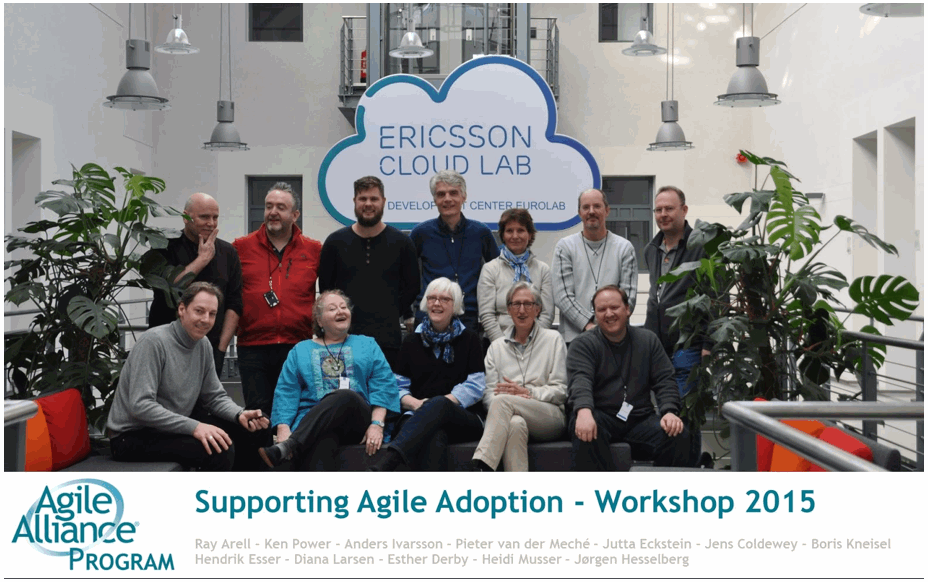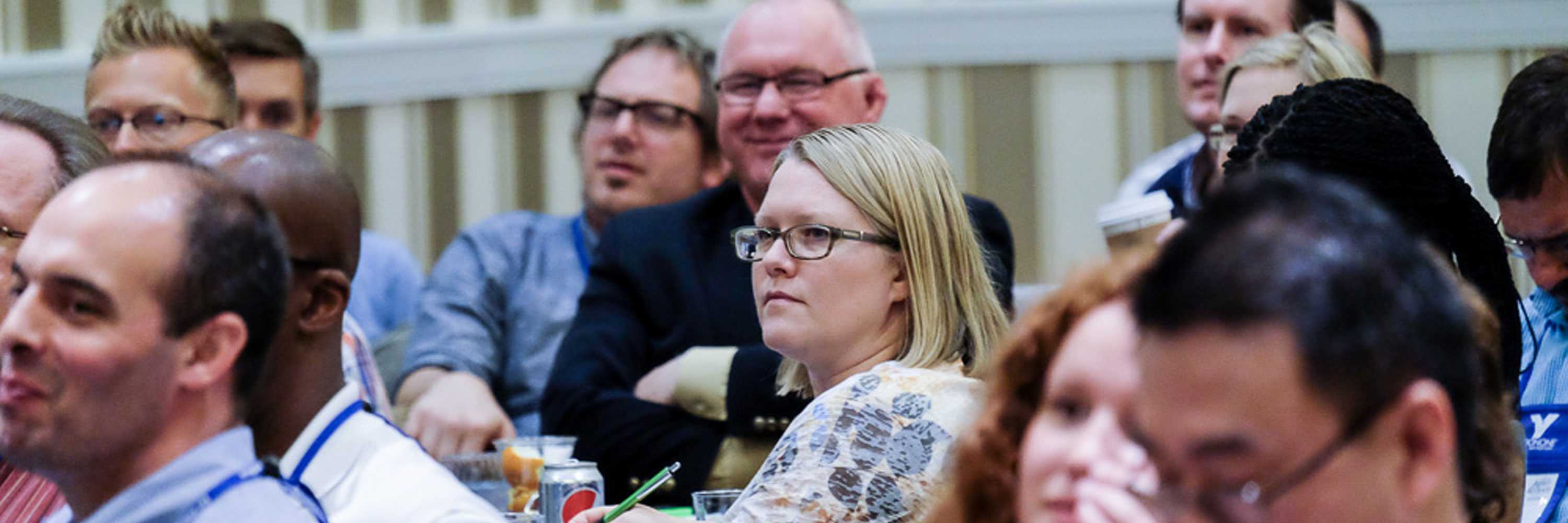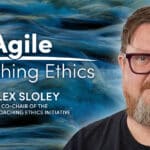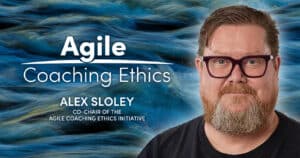For the fifth time, the Supporting Agile Adoption work group met from Dec 11th until Dec 13th. Ericsson hosted this meeting in the beautiful town of Aachen, Germany, where the participants could briefly enjoy the traditional “Weihnachtsmarkt” huddled between the medieval and baroque houses. Briefly, because most of the time was devoted to working. As with the past meetings the organizers had taken care to have a good mixture of coaches and industry managers coming from organizations as diverse as SAP, Intel, Ericsson, Cisco, USAA, and Spotify. In addition, Hendrik Esser, our host, had invited someone from outside the Agile community to bring in new ideas: Pieter van der Meché, one of the leading evangelists of the Sociocratic Society, did a perfect job avoiding us staying within our own “echo chamber”.

The topics emerged out of the discussions of the first day, leaving another one-and-a-half days for understanding them and deciding, what kind of contribution to the Agile community would fit best to distribute the results.
One group focused on how Agile Transitions are approached generally, using human systems thinking. The team created and discussed a matrix of Containers (organizational constructs, like Enterprise, Business Unit, Team and Individual) and Ways of Working (like mindset and values, behaviors, principles, tactics/work methods and engineering practices). An observation is, that most organizations start with a focus on team & work methods and declare success already after scaling it to business unit & work methods. That leaves out a number of aspects of a real agile transformation. So the question was discussed how to get these in (example: how to approach change of enterprise mindset and values?).
A good practice to approach an agile transition is to establish an Agile Transition Team. To get there, management buy-in is needed. So, one team created a Business Canvas for Agile Transition Teams, to help with the needed management communication, looking at the full range of value propositions, economic benefits, the economic logic and investments as well as the needed ingredients, parties to be involved and channels.
A second long-running topic studied, how the ideas and approaches of Sociocracy Pieter presented, could deliver us additional options to influence the leadership model of an organization. We found several examples from our daily work where an understanding of the structures and details of the decision making system in place helped to explain what was wrong. We also found that both the thinking model and the solutions of Sociocracy may have helped to explain the suggested Agile solution to managers, who have not yet embarked onto Agile ideas. Look forward to the white paper on this to be published probably end of Q1-2016.
When companies as different as SAP, Intel, Cisco, Ericsson, and Spotify compare their approaches to innovation management, the results are often applicable way beyond these specific organizations – we spotted commonalities with respect to iterative & incremental, prototype-driven, and fast-looped approaches with some variations driving us quickly into an agreement to publish about shared patterns on “Agile Innovation Management” during 2016. We will focus on showing that silo-driven individual initiatives are somewhat state-of-the-past. A better approach is systems thinking for innovation approaches. With that, you can simultaneously deliver effectiveness, efficiency, and end-user satisfaction by leveraging UX-engineering practices while incorporating Lean & Agile thinking.
Another frequent problem in an Agile transition is the switch from classical process management to flow management plus leadership approaching the organization as a human system. The traditional visualization via organizational charts (showing hierarchies) and process descriptions (showing process steps) are not enough to learn and focus on how to manage and lead in the needed new way. So, a different visualization, showing the networks of people, their interactions, and (information) needs to be developed. Hendrik shared a proposal on how that could look like from Ericsson and Anders brought forward the visualization used at Spotify.
All in all, the workshop turned out to be very productive. Its results will pop up as videos, papers, and other material on the program’s website, so make sure you stay tuned. Also, look out for the sessions and talks on this topic at the upcoming Agile Alliance conferences next year.











